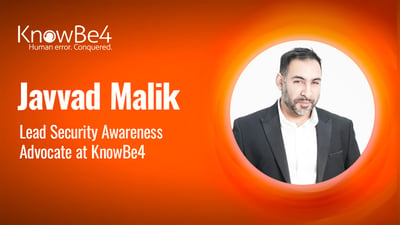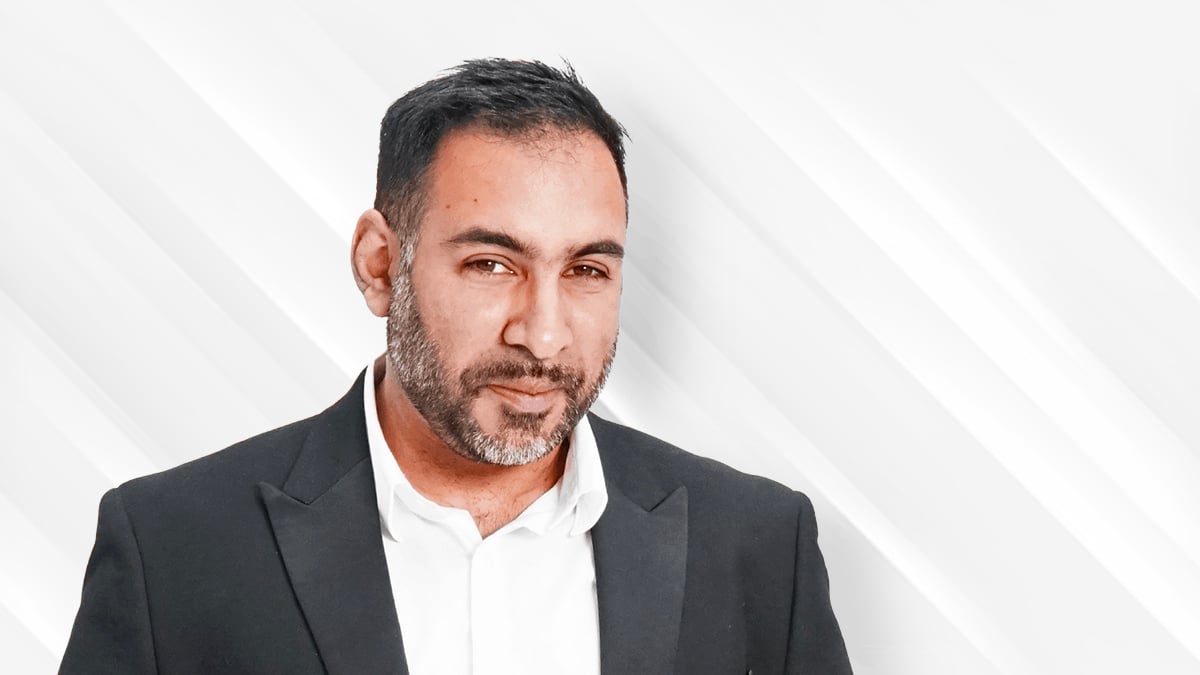 Social media has become an indispensable tool for communication, outreach, and engagement. From world leaders to high-profile individuals, these platforms offer an unparalleled opportunity to connect with the masses.
Social media has become an indispensable tool for communication, outreach, and engagement. From world leaders to high-profile individuals, these platforms offer an unparalleled opportunity to connect with the masses.
However, as recent incidents have shown, the very same platforms can also be a double-edged sword, exposing vulnerabilities and putting sensitive information at risk.
The recent hacking of Italian Prime Minister Giorgia Meloni's Instagram account serves as a stark reminder of the importance of robust social media security. The breach, which allowed criminals to post content on her behalf, underscores the potential for malicious actors to exploit these platforms for nefarious purposes. It’s a reminder to individuals, especially those in positions of power or with access to sensitive information, to prioritize the security of their digital presence.
World leaders, in particular, have been increasingly targeted by hackers and cybercriminals. From the takeover of Australian Prime Minister Scott Morrison's WeChat account to the hacking of Twitter’s then CEO Jack Dorsey's own Twitter account, and further back in 2013 the Twitter account of the Associated Press was compromised to post a message saying that the White House had been hit by two explosions - which caused the US stock market to temporarily plummet - these incidents highlight the relentless nature of the threat.
Even seemingly innocuous actions, such as Finnish Prime Minister Sanna Marin's leaked party footage, can be weaponized to undermine credibility and sow discord.
The consequences of a social media breach extend far beyond personal embarrassment. For individuals with access to sensitive or classified information, a compromised account can be a gateway for espionage, data theft, and sabotage. In the case of world leaders, a hacked account can be used to spread disinformation, manipulate public opinion, and even provoke international incidents.
Such is the issue that the UK’s National Cyber Security Centre, as part of its defending democracy, has added guidance for high risk individuals on protecting their accounts and devices.
So, what can be done to mitigate these risks? The first step is to recognise that cybersecurity is not a one-time fix but an ongoing process. It requires a combination of strong passwords, two-factor authentication, regular monitoring, and user training. Organizations must also have clear and tested procedures in place for responding to a breach, including containment, investigation, and public communication.
Moreover, it's crucial to understand that even the most secure accounts are not immune to human error. This means that individuals must be vigilant about what they post, who they engage with, and how they manage their digital footprint. Even seemingly harmless content, like French President Emmanuel Macron's identity card, can be weaponized by internet trolls and meme-makers.
In the end, the key to cybersecurity is a combination of technological safeguards and human awareness. It's about understanding that in the digital age, our online presence is an extension of our real-world identity. Just as we wouldn't leave our homes unlocked or our sensitive documents unguarded, we must apply the same level of care and caution to our social media accounts.
For world leaders and high-profile individuals, the stakes are even higher. A single breach can have far-reaching consequences, eroding trust, compromising national security, and even shaping the course of history. In this context, social media security is not just a personal responsibility but a matter of public interest.
By taking proactive measures, staying vigilant, and fostering a culture of digital hygiene, we can harness the power of online platforms while mitigating their risks. In the age of connectivity, it's not just about what we say online but also about how we protect our right to say it securely.
 Here's how it works:
Here's how it works:




